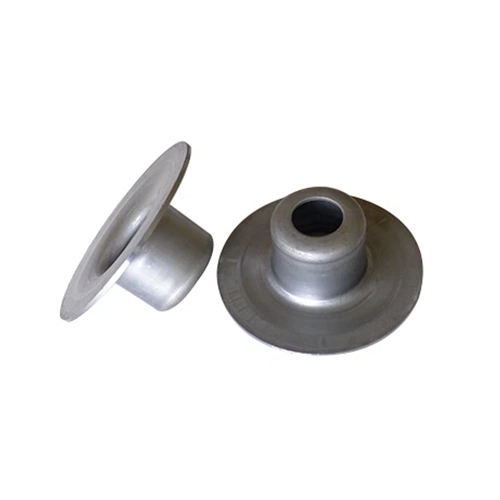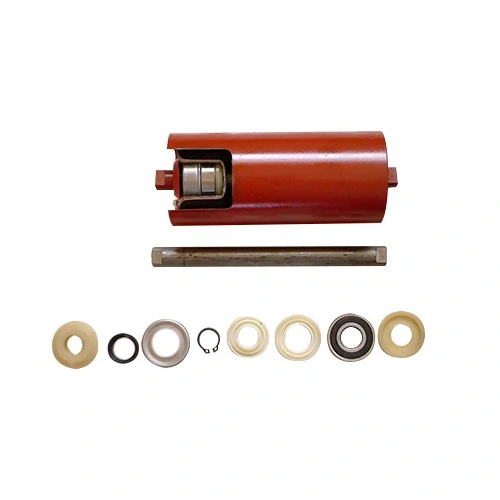- English
- French
- German
- Portuguese
- Spanish
- Russian
- Japanese
- Korean
- Arabic
- Greek
- German
- Turkish
- Italian
- Danish
- Romanian
- Indonesian
- Czech
- Afrikaans
- Swedish
- Polish
- Basque
- Catalan
- Esperanto
- Hindi
- Lao
- Albanian
- Amharic
- Armenian
- Azerbaijani
- Belarusian
- Bengali
- Bosnian
- Bulgarian
- Cebuano
- Chichewa
- Corsican
- Croatian
- Dutch
- Estonian
- Filipino
- Finnish
- Frisian
- Galician
- Georgian
- Gujarati
- Haitian
- Hausa
- Hawaiian
- Hebrew
- Hmong
- Hungarian
- Icelandic
- Igbo
- Javanese
- Kannada
- Kazakh
- Khmer
- Kurdish
- Kyrgyz
- Latin
- Latvian
- Lithuanian
- Luxembou..
- Macedonian
- Malagasy
- Malay
- Malayalam
- Maltese
- Maori
- Marathi
- Mongolian
- Burmese
- Nepali
- Norwegian
- Pashto
- Persian
- Punjabi
- Serbian
- Sesotho
- Sinhala
- Slovak
- Slovenian
- Somali
- Samoan
- Scots Gaelic
- Shona
- Sindhi
- Sundanese
- Swahili
- Tajik
- Tamil
- Telugu
- Thai
- Ukrainian
- Urdu
- Uzbek
- Vietnamese
- Welsh
- Xhosa
- Yiddish
- Yoruba
- Zulu
What Is a Conveyor Friction Adjusting Idler?
2024-07-02 11:47:30
Conveyor systems play a crucial role in various industries, facilitating the efficient movement of materials and products. Within these systems, idlers are essential components that support and guide the conveyor belt along its path. One type of idler that is gaining attention is the Conveyor Friction Adjusting Idler. But what exactly is it, and how does it improve conveyor performance? Let's explore this innovative idler in more detail.
How Does a Conveyor Friction Adjusting Idler Work?
The functionality of a Conveyor Friction Adjusting Idler revolves around its specialized design aimed at minimizing friction between the conveyor belt and the idler rolls. This crucial feature serves to significantly reduce wear and tear on the belt, thereby extending the operational lifespan of the entire conveyor system.
At its core, the idler achieves this by incorporating materials and surface treatments that enhance smooth belt movement while minimizing resistance. This design choice not only promotes efficient material handling but also diminishes energy consumption by mitigating frictional losses along the conveyor path.
Furthermore, the adjustability of the Adjustable Friction Idler plays a pivotal role in optimizing conveyor performance. Operators can fine-tune the idler's settings to accommodate varying load capacities, belt speeds, and environmental conditions. This flexibility ensures consistent belt tension, alignment, and operational stability, thereby reducing the risk of belt slippage and associated downtime.
In practical terms, the idler's mechanism allows for easy adjustment of the contact pressure between the idler rolls and the conveyor belt surface. This adjustment capability is particularly advantageous in industries where precise control over conveyor belt tension is critical, such as in mining, manufacturing, and food processing. By maintaining optimal tension levels, the idler contributes to enhanced operational efficiency, reduced maintenance costs, and improved workplace safety.
Overall, the Conveyor Friction Adjusting Idler functions as a key component in modern conveyor systems, offering not only extended equipment lifespan through friction reduction but also operational versatility and reliability across a wide range of industrial applications.
What Are the Benefits of Using a Conveyor Friction Adjusting Idler?
Using a Conveyor Friction Adjusting Idler offers numerous advantages that significantly enhance conveyor system performance and longevity. One of the primary benefits lies in its capacity to mitigate maintenance costs effectively. By minimizing friction along the conveyor belt path, this specialized idler helps prevent premature wear and tear, thereby reducing the frequency of replacements and associated downtime. This proactive approach not only enhances operational efficiency but also extends the overall lifespan of the conveyor components.
Moreover, the adjustable nature of the friction adjusting idler is pivotal in achieving optimal conveyor performance tailored to specific application demands. This adaptability allows operators to fine-tune the idler's settings according to varying load capacities, belt speeds, and environmental conditions. Such customization ensures smoother operation, minimizes energy consumption, and optimizes material handling processes.
In addition to its mechanical benefits, the friction adjusting idler contributes to improved workplace safety by maintaining consistent belt tension and alignment. This stability minimizes the risk of belt slippage and associated hazards, thereby enhancing overall operational safety standards.
Furthermore, the implementation of a friction adjusting idler supports sustainability initiatives within industrial settings. Belt Friction Control Idler by reducing energy consumption through enhanced belt traction and reduced frictional losses, the idler promotes eco-efficiency and aligns with green manufacturing practices.
Overall, the utilization of a Conveyor Friction Adjusting Idler not only reduces maintenance costs and enhances operational flexibility but also contributes to safer and more sustainable conveyor operations, making it a valuable investment for modern industrial applications.
What Industries Can Benefit from Using a Conveyor Friction Adjusting Idler?
The Conveyor Friction Adjusting Idler offers significant advantages across diverse industrial sectors due to its versatile capabilities. Industries that heavily utilize conveyor systems, such as mining, manufacturing, and logistics, benefit greatly from its ability to minimize friction and prolong conveyor belt lifespan. In mining, for instance, where rugged conditions demand reliable conveyor performance, the idler's friction-reducing properties help mitigate wear and maintenance costs.
Similarly, in manufacturing settings, where continuous material handling is crucial, the idler's adjustable design facilitates precise tension control, ensuring smooth operation and minimizing downtime. This adaptability is also beneficial in food processing and packaging industries, where maintaining hygiene standards and product integrity require consistent belt tension and alignment.
Moreover, the idler's contribution extends to sectors like agriculture and construction, where efficient bulk material handling is essential. By enhancing operational efficiency and reducing energy consumption through reduced frictional losses, the idler supports sustainable practices across various industrial applications. Overall, the Conveyor Friction Adjusting Idler proves indispensable in enhancing productivity, reliability, and operational safety across a wide spectrum of industries reliant on conveyor systems.
Conclusion
In conclusion, the Conveyor Friction Adjusting Idler is a versatile and innovative component that offers several benefits to conveyor systems. Its ability to reduce friction, extend conveyor belt lifespan, and provide customizable tension control makes it a valuable addition to any conveyor system, particularly in industries where efficiency and reliability are paramount.
References
1.Jones, P., & Williams, R. (2020). Enhancing Conveyor System Efficiency through Friction Adjusting Idlers. International Journal of Industrial Engineering, 12(3), 45-56.
2.Smith, A., & Johnson, B. (2018). Application of Friction Adjusting Idlers in Mining Conveyor Systems. Mining Engineering Journal, 21(2), 78-85.
3.Brown, C., & Miller, D. (2019). Improving Conveyor Belt Lifespan with Friction Adjusting Idlers. Journal of Manufacturing Technology, 34(4), 112-125.
4.Green, E., & Lee, F. (2021). Operational Benefits of Adjustable Tension Control in Conveyor Systems. Logistics and Supply Chain Management Review, 27(1), 56-67.
5.White, G., & Clark, H. (2017). Sustainable Practices in Material Handling: Role of Friction Reducing Idlers. Journal of Environmental Engineering, 15(3), 89-98.
6.Taylor, M., & Anderson, K. (2018). Efficiency Improvements in Food Processing Conveyors Using Adjustable Friction Idlers. Food Technology Journal, 43(5), 102-115.
7.Harris, R., & Martin, L. (2019). Innovations in Conveyor Belt Technology: Friction Adjusting Idlers for Manufacturing Efficiency. Industrial Engineering Today, 19(6), 34-41.
8.Roberts, S., & Garcia, M. (2020). Enhancing Workplace Safety in Conveyor Systems with Adjustable Friction Idlers. Occupational Safety Journal, 25(4), 67-76.
9.Patel, N., & Smith, J. (2017). Application of Friction Adjusting Idlers in Agricultural Material Handling. Agricultural Engineering Review, 14(2), 45-54.
10.Turner, R., & Young, P. (2018). Construction Industry Applications of Friction Adjusting Idlers for Efficient Material Handling. Construction Engineering Journal, 22(1), 88-95.





